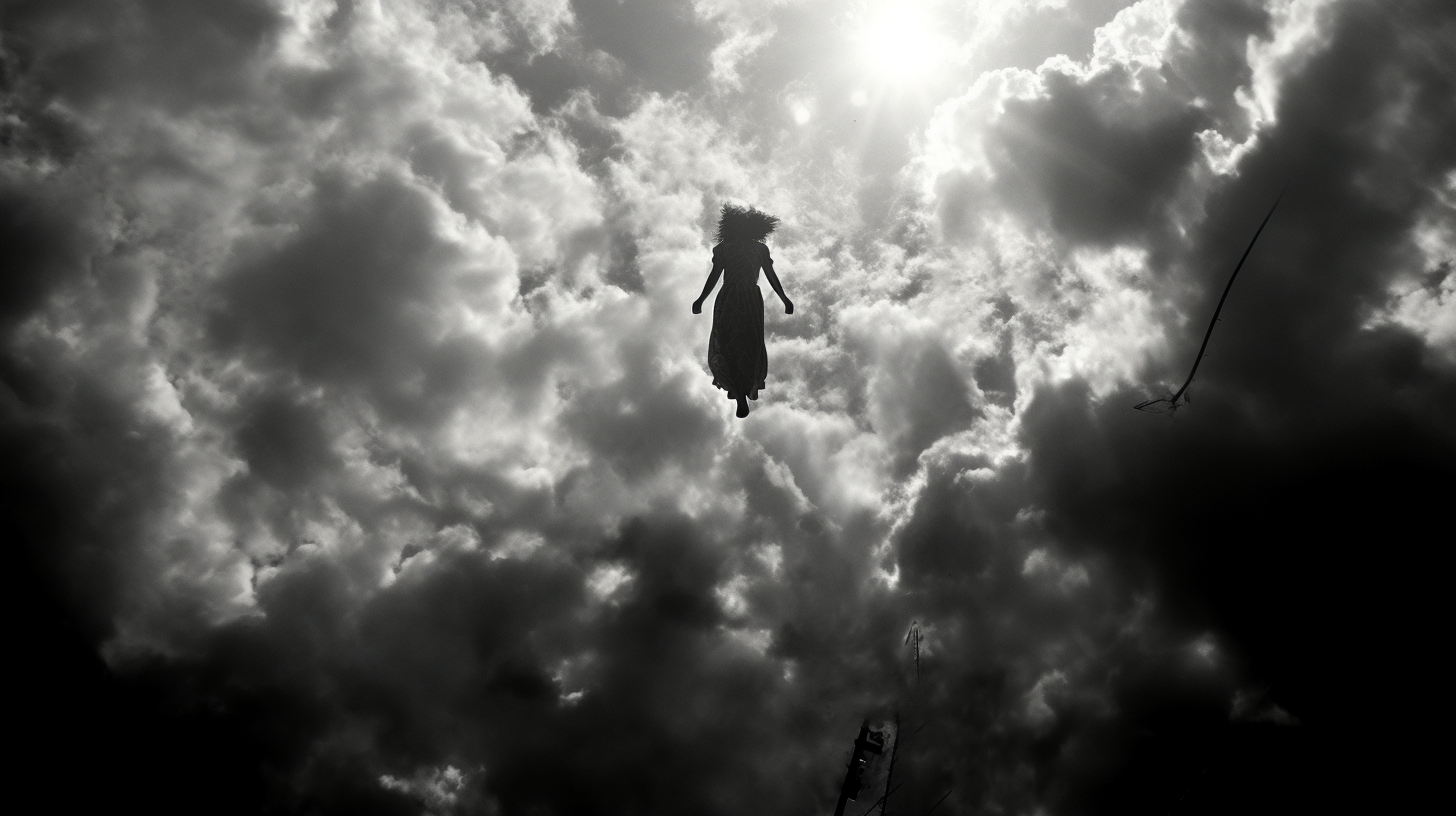In the somber landscape of our modern world, a new peril quietly looms overhead. The sky, once a symbol of infinite possibility and freedom, has turned into a lethal tapestry of poisonous gases and airborne menaces. Much like the ‘Smog City Horizons – The Unseen Sun’ narrated the familiar tale of light smothered by industrial exhalation, we once again peel back the layers of our atmosphere to reveal a hidden nemesis.
The earth’s firmament, now a swirling cauldron of toxic fumes and chemical residues, unleashes ‘Silent Death from Above.’ We have long surpassed the age when air pollution was merely a topic of scientific debate; it has become a tangible, suffocating shroud that threatens our very existence. In this chronicle, we will dissect the clandestine risks that lurk within our skies, weaving through the scientific, the anecdotal, and the survivalist strategies now embedded in our society’s fabric.
Imagine a stroll through your local park, a place that should promise fresh air and a momentary respite from urban claustrophobia. But the trees, which once played a crucial role in cleansing our air, are themselves gasping for breath, struggling under the weight of an invisible, omnipresent foe. This silent killer has a name – ‘atmospheric toxicity.’ Each inhale draws into our lungs a cocktail of nitrogen oxides, sulfur dioxide, and fine particulates that creep insidiously into our bloodstream.
Recent studies have shown an alarming correlation between cognitive decline and air pollution exposure. Scientists warn that our grey matter may be gradually eroding, not from age or disease, but from the very air we are forced to breathe. As startling as it may be, the brain is not impervious to the sky’s silent onslaught. Neurodegenerative conditions are on the rise, and while researchers toil to pinpoint every contributor, the smog-laden atmosphere remains a prime suspect.
In the pursuit of industrial prowess and technological convenience, society has unwittingly traded clear skies for economic gains. But the costs are insurmountable, impacting not just our health, but our planet’s biodiversity. Birds, once the carefree denizens of the skies, plummet like stones, confused and conquered by the toxic siege.
Our children attend schools beneath domes with filtered air to shield their developing lungs and brains from the invisible scourge. Sports are played indoors, and windows remain sealed shut – a precaution, a necessity, enforced by the fear of what lies beyond our protective barriers.
The article, ‘Smog City Horizons,’ described a community where artificial suns burn 24/7, a reminder of the days when sunlight kissed our skin. And while the smog may mask our view of the heavens, the celestial graveyard of pollutants continues to rain down upon us, through the water we drink, the soil that feeds us, and the air we inherit.
The scenes are grim. Hospitals, overflowing with patients whose conditions are exacerbated by the toxic skies, have become all too common. Asthma, once an occasional nuisance, has burgeoned into a widespread plague. The pharmaceutical industry thrives, churning out remedies and masks – the trappings of a civilization in denial.
It’s not just the physical ailment that haunts us; the psychological torment gnaws at society’s collective sanity. The never-ending grey cloak above drives a pervasive melancholy, a reflection of the world we’ve created and the existential threat it poses. Mocking our primal yearning for blue heavens, our sky retaliates with a vengeance wrought from centuries of neglect.
Yet even as this article outlines the harrowing truth of our present skies, it stands as a stark reminder of our past failures and future responsibilities. We must confront uncomfortable truths because the sky does not lie; it only reaps what we’ve sown. The ‘Silent Death from Above’ is not merely a tale of woe but an urgent clarion call for transformation, lest the air we breathe becomes the last chapter of our collective story.
The path forward may seem insurmountable, but history has shown that when humanity is pushed to the brink, we find within ourselves the resilience to enact change. Will we heed the warning whispered by the wind, or will we succumb to a slow demise, one breath at a time?
